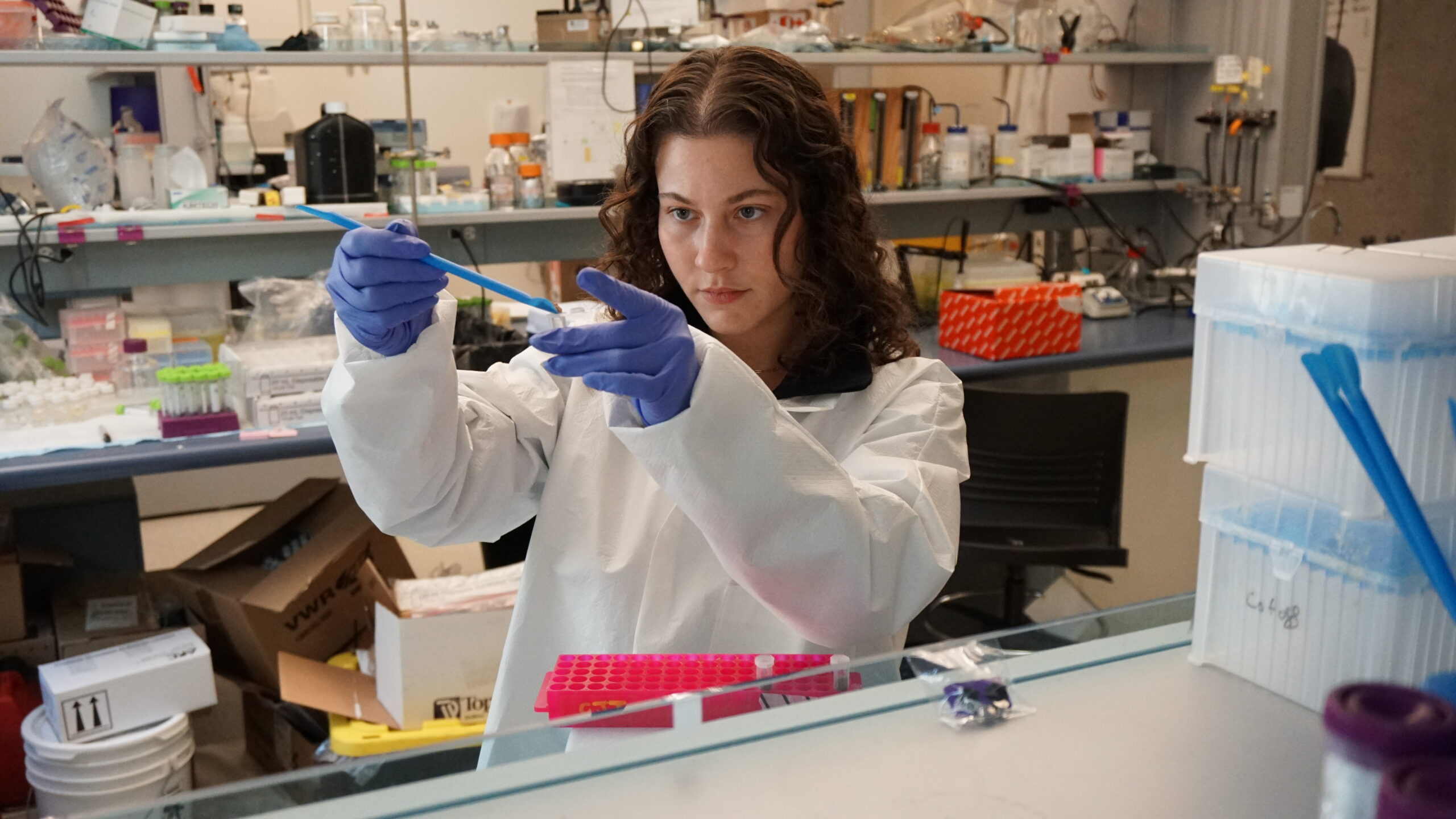Microbial DNA offers clues to where copper is buried

Read the UBC Science article here: Bacterial fingerprints in soil show where copper is buried
Copper is vital to various industries, including manufacturing, construction and transportation, and Canada holds nearly 900 million tonnes of copper. According to a recent study in Geology, researchers from UBC departments of Earth, Ocean and Atmospheric Sciences (EOAS), Microbiology and Immunology (MBIM), and Mineral Deposit Research Unit (MDRU) have developed a new technique to detect buried copper deposits using microbial DNA in the surface soil as ‘biological fingerprints’.
The team introduced copper to soil microbes from two locations in Canada – tundra from the Northwest Territories and a known porphyry copper deposit in Deerhorn, B.C—and looked at shifts in microbial composition and abundance through DNA sequencing.
“We took those changed communities of microbes as indicators for the presence of copper—essentially a biological fingerprint made up of many individual species,” said first author and Ph.D. Candidate Bianca Iulianella Phillips. “We then analyzed the soil from Deerhorn, and found that from that fingerprint, 29 species of microbes are present above the mineral deposit. This demonstrates that there is a predictive capability with our technique, showing where copper deposits are buried.”
“Our approach offers a new dimension to mineral exploration—enhancing discovery success and helping reduce costs with more precise targeting,” said senior author Dr. Sean Crowe, professor in UBC EOAS and MBIM. “As the industry adopts this approach more broadly, not only will it become more cost-effective and accessible, but the increasing volume of data will also make the technique more robust, accelerating learning and refinement.”
Read about previous work of the team in detecting kimberlite, diamond-containing rocks: Biological fingerprints in soil show where diamond-containing ore is buried